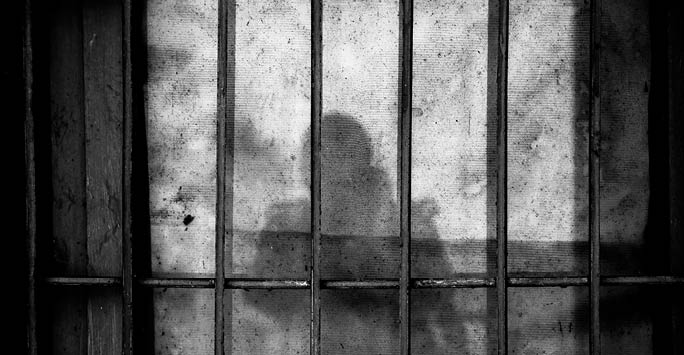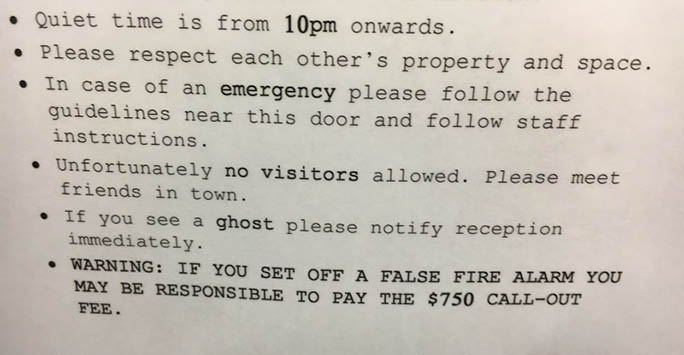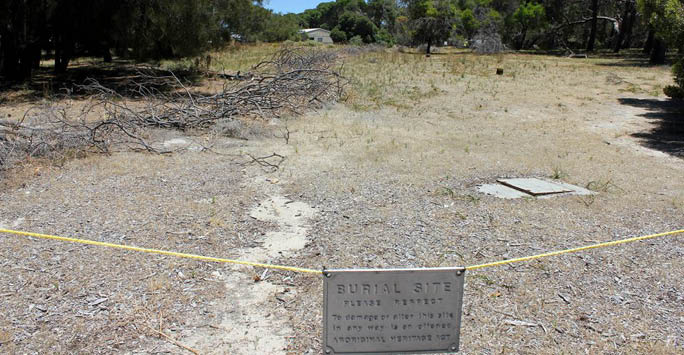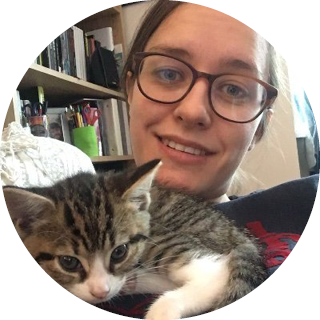
The air shimmers as I walk up a winding drive, shaded by red gums. As my 23-year-old self crosses the threshold, I shiver. Rows of heads gleam hunched over dusty tomes. Everyone here is researching the dead.
The air-conditioned building holds the records of Britain’s colonial bureaucracy. The machinery that ‘managed’ the conquering of lands, and the exploitation and incarceration of its colonial subjects. Red spines strain to hold hundreds of pages, thousands of names. In neat script they list person after person – preserving the worst moments in their lives.
The moment I’m interested in, is when they set foot onto prison islands dotted around Australia’s vast coastline. Convict transportees deemed ‘refractory’, free men who committed crimes in the colony, and Indigenous people who broke invaders’ laws were all exiled across the water to offshore prison islands – a microcosm of the country’s founding.
Travelling from archive to archive to piece this history together, I lost count of how often someone would come over and ask: “Why are you looking at so many volumes?”
When I replied that I was researching whichever prison island was closest, they’d whisper: “It’s haunted you know”.
At first, I thought it was the usual Australian hazing. The spectre of death they like to invoke by reminding tourists of the poisonous spiders and the venomous snakes that lurk in shady corners. “It may look like paradise but it’s not,” they like to remind you.
But I kept being reminded of haunting – as I left the archives and visited the decommissioned prisons: the tangible remains of dark histories. Almost every prison museum was offering a ghost tour. Fremantle Prison advertises a torchlight tour inviting you to “join our guides in the dark as they entertain you with sordid and ghastly stories”.
At Fremantle, where I stayed in a hostel housed within the prison grounds, the sign on my door warned me of check out time, procedure in case of fire, and “If you see a ghost, please notify reception immediately”.

A sign on the Fremantle Prison Youth Hostel Association dorm room door (Photo Author’s own, July 2018)
Yet these warnings were notably absent for nearby Rottnest Island (Wadjemup) where over 3,700 Aboriginal men and boys were exiled off the Western Australian coast between 1839 and 1931. Marched, sometimes hundreds of kilometres, in chains for spearing sheep when their traditional hunting grounds were closed off.
This island was originally selected by the British government to act as a prison, in 1839, because it was the island of spirits for the local Indigenous Nyoongar Whadjuk people. This made being exiled to the island a potent deterrent, colonial officials reasoned.
It did not take long for the island to become a holiday destination for Europeans from nearby Fremantle. While it was still a prison, the Governor (the highest ranked official in the colony) had a special lodge built and birds imported which he could hunt: the house built by, and the servants all comprised of, the inmates. Then from 1894, the island was opened as a leisure destination for the general public – even a few of the older Aboriginal prisoners remained behind to do basic maintenance at the resort.
In the 20th century, Rottnest Island remained a popular destination: tourists were housed in the old prison building (with two cells knocked together for a luxurious feel) and tramped a over an old graveyard as a shortcut from the beach to the camping ground. Now the area is marked off to prevent access. Incarceration to the island proved a death sentence for one in ten of the Indigenous prisoners sent there.

Rottnest Burial Ground (Photo Author’s own, 2014)
Even as this history becomes better known, the island remains the most popular tourist destination in Western Australia, reaching international fame through the #quokkaselfie, as tourists pose beside grinning marsupial. Not once, did anyone mention to me – in these predominately white spaces of archives and libraries – the possibility of Rottnest Island being haunted.
Who we see haunting heritage sites ghosts, is who we “see” in our history full stop. The harsh reality is, to be an “ideal” victim, is to be White. Too often Indigenous victims are omitted from the national narrative. It is too uncomfortable for many Australian tourists to confront these ghosts of their colonial past, despite decades of reconciliation efforts (the failure of the recent referendum to recognise Aboriginal people in the constitution speaks to this).
After all, white Australian convicts – the visible ‘ghosts’ – are conceived in the national imagination as victims of the British government; impoverished people criminalised and sent overseas by a callous state. Though dispossession and incarceration of Indigenous people may have its genesis in British colonial policy; it’s one that Australian settlers were complicit in, and policies that continued under Australian rulership post-Federation in 1901. In 2021, Aboriginal people were still incarcerated at 13 times the rate of White people: five times higher than rates of over-imprisonment of Black people in South Africa during Apartheid.
Ghosts continue to linger over the Western Australian prison system: with the people who incarcerated out of sight and mind for much of the public. As we’ve seen with the recent referendum results, there’s a long way to go in terms of reconciliation between Indigenous and non-Indigenous Australians. The re-interpretation of prison heritage sites could be a first step in addressing systemic racial injustices in the criminal justice system that persist today as a legacy of colonialism.

Dr Katy Roscoe
"This piece was inspired by my research on the over- imprisonment of Indigenous people and the lack of diversity in public crime history, and the field of hauntology, a branch of criminology, which aims to disrupt the ontological frameworks of criminology, exploring tensions between past/present, presence/ absence, and visibility/invisibility."
Katy Roscoe is a Lecturer in Criminology in the Department of Sociology, Social Policy and Criminology. She was formerly a Leverhulme Early Career Fellow (2020-23) and ESRC Postdoctoral Fellow (2018-19) in the department.